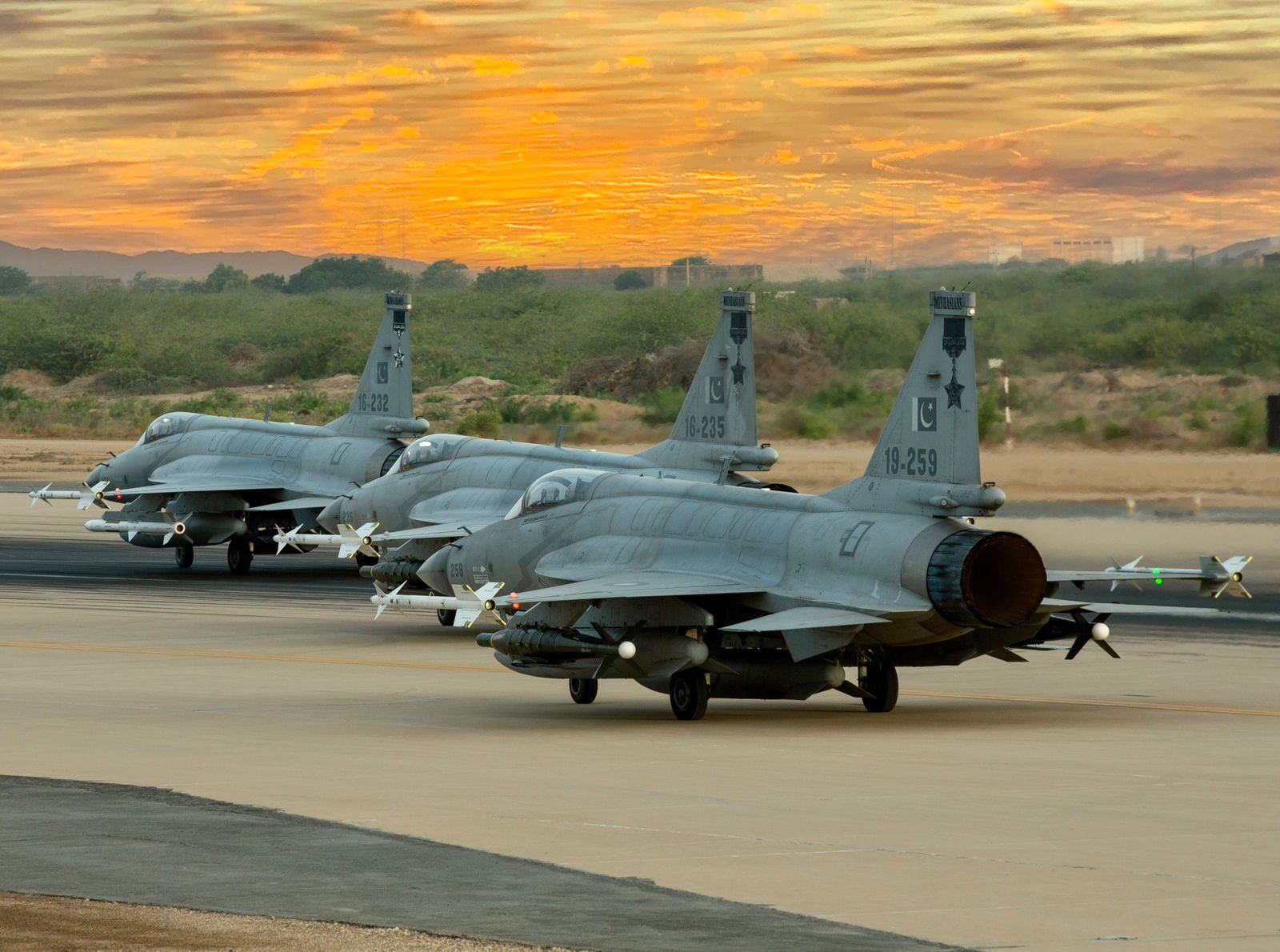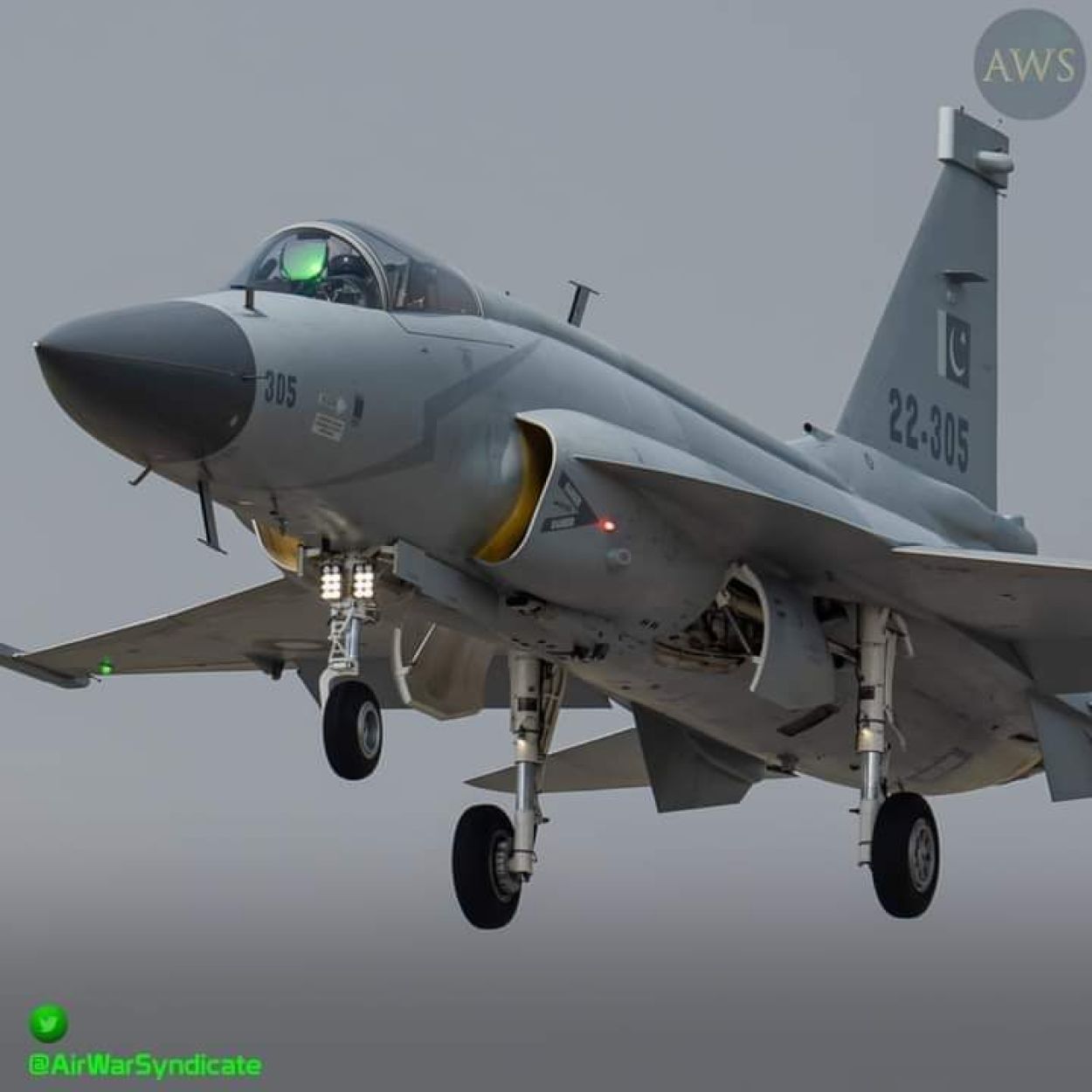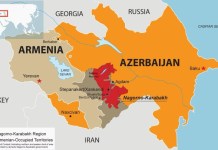After JF-17 and J-10C fighters, cash-strapped Pakistan turns to China for the Light Combat Aircraft JL-15 and has been eyeing to have the Chinese J-31 stealth fifth-generation aircraft by 2029. Pakistan earlier ordered 36 Chengdu J-10CE ‘Vigorous Dragon’ multi-role fighters (20 delivered, 16 to come). There are reports that they will order 14 more to make it 50.
Pakistan Often Ahead Of India In Combat Aircraft Acquisitions
For a long time, military-controlled Pakistan has looked ahead and taken preemptive decisions. Starting in 1954, the Pakistan Air Force (PAF) acquired 102 much superior U.S.-built F-86F ‘Sabre.’ Around the same time, India got the Dassault Ouragans (Toofani). The Indian Air Force (IAF) acquired the Dassault Mystère IV a few years later.
In 1961, Pakistan, as a major non-NATO ally, received F-104 Starfighters from the USA under the Mutual Assistance Program. The IAF responded by purchasing the Soviet MiG-21, which entered service in 1964.
In 1981, the USA cleared F-16 sales to Pakistan as part of an aid package. India signed for Mirage 2000 in 1982.
In 1984, India ordered and became the first international customer of the MiG-29 outside of the Warsaw Pact.
The PAF has been operating the Saab 2000 using the Erieye radar as its primary AEW&C platform since 2009 and the Chinese ZDK-03 AEW&C since 2011. The PAF operates three modified Dassault Falcon 20 aircraft, which have a primary role in electronic warfare. India inducted the Beriev A-50 Phalcon AEW&C in 2009, and the DRDO ‘Netra’ AEW&C was inducted in 2017.
PAF inducted the first JF-17 squadron in February 2010, vis-à-vis IAF inducting LCA Mk1 in January 2015. PAF already has close to 150 of these home-grown fighters. India has built around 50 LCA.
The first batch of JF-17C Block 3 aircraft was inducted in PAF in March 2023. India’s LCA Mk1A will be inducted soon. India signed up for the Rafale in 2015, and Pakistan responded with the purchase of J-10CE, signing the deal in 2021.
J-10 Vigorous Dragon
The Chengdu J-10 is a medium-weight, single-engine, multi-role, all-weather combat aircraft with a delta wing and canard design and fly-by-wire flight controls. It is primarily designed for air-to-air combat but can also perform strike missions.
The aircraft is considered to be of the fourth-plus generation. It made its first flight in 1998 and was inducted into service in 2005. Over 600 aircraft have been built and are flying with the PLAAF, the PLA Navy, and the PAF.
J-10C is the upgraded version. It is powered by a WS-10B thrust-vectoring control engine and equipped with an indigenous AESA fire-control radar, imaging infrared seeker (IIR) PL-10, and long-range PL-15 air-to-air missiles (AAM). J-10CE is the export version of J-10C. The export variant’s radar has a lesser range, and there are weapon sales restrictions. PL-15 is reportedly still not cleared for Pakistan.
Pakistan has selected the Grifo-E AESA-MMR from Italian company Leonardo’s SELEX-ES subsidiary for its J-10CEs. The same radar will be on Chengdu JF-17 Block-3 aircraft.
Pakistani aircraft are being modified for the Link-16 air-to-air/air-to-ground voice/data communications network. Also, the software-defined radio (SDR) is from Leonardo. These modifications are being done at the PAC Kamra Complex.
Pakistan had earlier ordered 36 J-10CE, and may order 14 more to make the total 50. Saudi Arabia and Egypt have reportedly expressed interest in purchasing J-10CE jets.

Rafale Compared To J-10CE
A comparison between the J-10CE and Rafale fighter jets is somewhat unfair, primarily because the latter is a twin-engine fighter with a globally recognized Meteor missile system and the latest electronic warfare suite.
The J-10 and the Rafale can both be termed 4.5-generation multi-role fighter jets that, on some counts, have similar performance and capabilities. However, the Rafale has a clear edge over the J-10 in terms of technology, weapons, aero-engines, and combat experience.
The Rafale also has one of the best electronic warfare suites. It can have a supercruise with four missiles and a 1250-liter belly drop tank. The technical parameters of the two are tabulated in the table below.
| Rafale | J-10 CE | |
| Country | France | China |
| Length (meters) | 15.27 | 16.03 |
| Wing Span (metres) | 10.90 | 9.75 |
| Empty weight (kg) | 9,850 | 8,850 |
| Max Take-Off Weight (kg) | 24,500 | 19,277 |
| Hard Points and Payload | 14 (9,500 kg) | 11 (5,600 kg) |
| Range (km) | 3,700 | 1,850 |
| Engine and Thrust | 2xSnecma M88-4e (150 kN) | Shenyang WS-10 (140kN) |
| Radar | RBE2 AESA | Chinese AESA, |
| AAM (Range) | Meteor (200 km) | PL-15 (200 km) PL-12 (70-100 km) |
The Rafale has 20 percent greater thrust for just 11 percent higher weight than the J-10C and, therefore, a better thrust/weight ratio. The Snecma M88 is a tried-and-tested aero engine, while the WS-10 reportedly matured enough only after 2009 and is still evolving.
The Rafale has been used in combat operations in Mali, Afghanistan, Libya, Iraq, and Syria. The J-10 has, at best, only done joint exercises with Pakistan.
Pakistan Needs Replacements
Pakistan continues to fly F-7PG (MiG-21 variant), Dassault Mirage III aircraft of ROSE I project vintage, Mirage 5 ROSE II, Mirage IIIEA, and Mirage 5PA.
These seven squadron equivalents are due for phasing out. Effectively, they will be required to replace nearly 250 aircraft in the next decade. The current plan of PAF is to reduce the force to three types. F-16, J-10CE, and JF-17.
They will add a fifth-generation fighter aircraft of Turkish (Kaan) or Chinese (J-31) origin by around 2030. There have been reports that PAF has been interested in KJ-500 AEW&C and Y-8 electronic warfare aircraft.
Acquiring Hongdu L-15 Falcon
The Hongdu L-15 Falcon (JL-10) is a twin-engine, supersonic, advanced jet trainer and light combat aircraft already in service in the PLA Air Force (PLAAF). It uses fly-by-wire (FBW) and has a glass cockpit.
Pakistan is negotiating to acquire this lead-in fighter-trainer (LIFT). The aircraft was built based on the design data of Yak 130, and China was assisted by Russia’s Yakovlev Experimental Design Bureau.
The aircraft has a Passive Electronically Scanned Array (PESA) radar, a Radar Warning Receiver (RWR), and an IFF. It can also carry jamming pods and four tons of weapons loaded on nine external hard points.
The LIFT variant can carry a range of weaponry, including the PL-8 air-to-air missile (AAM) and LS-6 satellite-guided bombs. Since China does not have an appropriate aero-engine, therefore Ukrainian Ivchenko Progress AI-222K turbofan powers the L-15.
Pakistan is interested in acquiring the light attack version. So far, Zambia and UAE have purchased the aircraft. The aircraft is considered cheap, and the cost is between $10-15 million.

Pakistan All Eggs In Chinese Basket
China has emerged as a major defense supplier to debt-ridden Pakistan. The linkage is most powerful in military aviation.
Starting 1965, China supplied PAF with China-made Russian variants of MiG-19 and MiG-21 and the Harbin H-5 (Ilyushin IL-28). China helped establish ‘Heavy Industries’ at Taxila in 1971 for equipment rebuilding and, in 1973, the Pakistan Aeronautical Complex at Kamra North of Islamabad.
In 2007, as part of a joint project, China rolled out a ‘designed for Pakistan’ Fighter, the JF-17 ‘Thunder.’ The costs were kept low by borrowing technologies developed for the Chinese J-10 fighter. The aircraft can carry a variety of Chinese AAMs, including the formidable PL-15. Currently, PAF has 150 of these, and the strength is likely to increase to over 200 one day.
Pakistan has acquired the Chinese HQ-9/P AD system, a Chinese variant of the S-300 that covers high-to-medium-level threats. 60 Chinese-designed, Pakistan-made K-8 Karakorum intermediate jet trainers are in service. Pakistan operates Chinese CH-4 recce-cum-strike drones, which can carry up to four PGMs.
Despite China’s pledge to the contrary, it has continued to provide Pakistan with specialty steels, guidance systems, and technical expertise in the latter’s effort to develop long-range ballistic missiles. The M-11 is a copy of the DF-11, and the Hatf, Shaheen, and Anza series of missiles have been built with Chinese assistance.
JF-17: Crown Jewel Of Cooperation Facing Hurdles
There have been reports of the JF-17 aircraft being grounded several times due to issues like cracks in guide vanes, exhaust nozzles, and flame stabilizers. Myanmar, which was the first country besides Pakistan to buy JF-17, was forced to ground its fleet owing to technical malfunctions.
Ever since they have been miffed with Islamabad over ‘unfit’ JF-17 aircraft. Nigeria has acquired only three JF-17s and is in wait-and-watch mode.
Unavailability of spare parts, delays or disruptions in the supply chain, and related maintenance issues have led to the grounding of the aircraft. The aircraft uses a Russian RD-93 engine, which needs regular maintenance and overhaul.
The Ukraine conflict has slowed the supply chain of spares. The original equipment supplier, Rosoboronexport, is under strict economic sanctions by the U.S. JF-17 avionics are supported by the KLJ-7 radar, but its performance has been consistently below stipulated levels. The radar is being changed to a Block III variant.
Both China and Pakistan have been desperately looking for buyers of JF-17s in Asia and Africa. The reasonable price makes it attractive. Malaysia and Sri Lanka’s publicly announced rejection of the JF-17 appears to have been a setback for the modernization program of PAF. Pakistan has often sounded the names of many countries, but they were found to be rumors and false beginnings.
Implications For India
Pakistan and the IMF have just started negotiations for a fresh bailout package to address the cash-strapped country’s fiscal challenges and implement crucial reforms. Pakistan needs a rollover of around $12 billion in debt from key allies in 2024-25 to meet the whopping $23 billion gap in its external financing.
Pakistani insiders are hoping to get a rollover of $5 billion from Saudi Arabia, $3 billion from the UAE, and $4 billion from China. Meanwhile, they are seeking fresh financing from China.
Pakistan continues to be in political turmoil. Masses are revolting because of economic hardships, and there are secessionist forces in Pakistan-occupied Kashmir, Gilgit Baltistan, and Baluchistan.
While the world wants to know how Pakistan is going to fund such large defense purchases, with the military calling the shots, the defense budgets keep increasing, and purchase wish lists are expanding.
60 percent of equipment with Pakistan armed forces is of Chinese origin. There is, thus, a level of interoperability. PLAAF and PAF are exercising regularly. Thus, it presents a combined threat against India.
IAF continues to be at an all-time low of 31 fighter squadrons. While the Indian government has ordered increased LCA production to stem the gap, at least a one-time purchase of 114 new fighters would have to be resorted to.
India needs more MMRCA-class aircraft. If the Rafale is chosen for both the IAF and the Indian Navy, it could be built in India. LCA Mk-2 is still some distance away. India must also hasten the development of the AMCA lest we be forced to acquire fifth-generation aircraft from abroad.
India must also accelerate the development of BrahMos 2 and Astra 3 missiles. The time to act is now; otherwise, it may be too late.
- Air Marshal Anil Chopra (Retired) is an Indian Air Force veteran fighter test pilot and is currently the Director-General of the Center for Air Power Studies in New Delhi. He has been decorated with gallantry and distinguished service medals while serving in the IAF for 40 years. He tweets @Chopsyturvey
- Follow EurAsian Times on Google News




